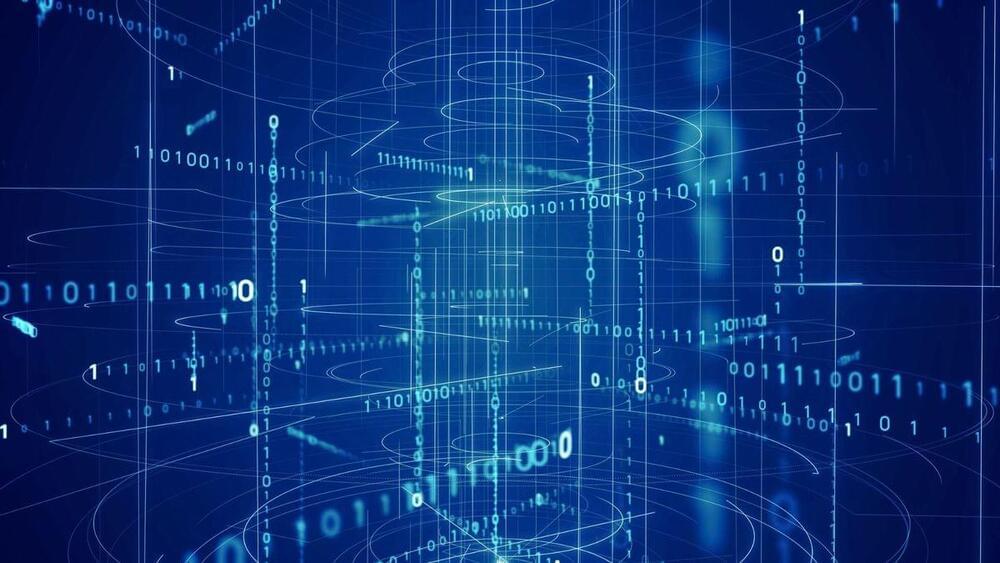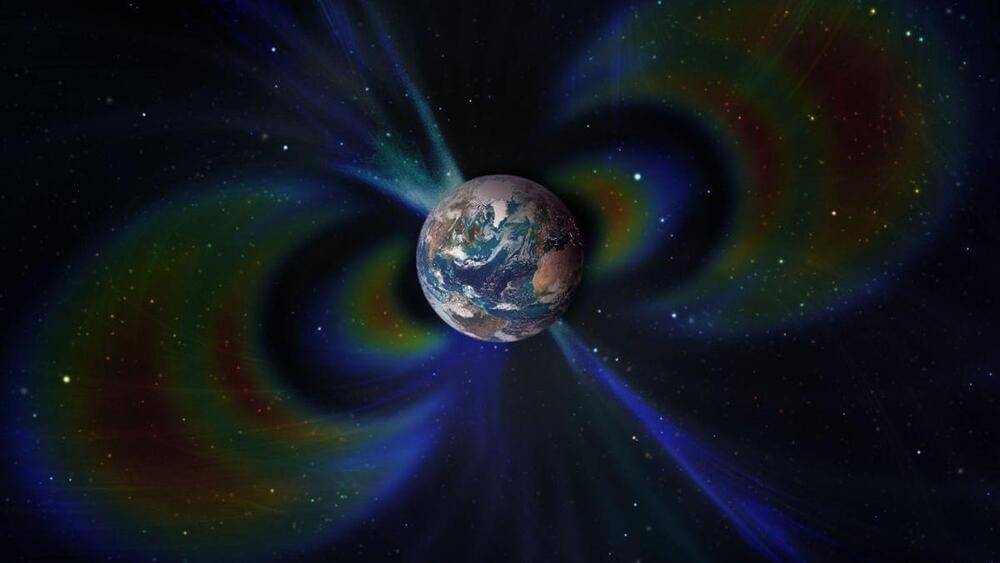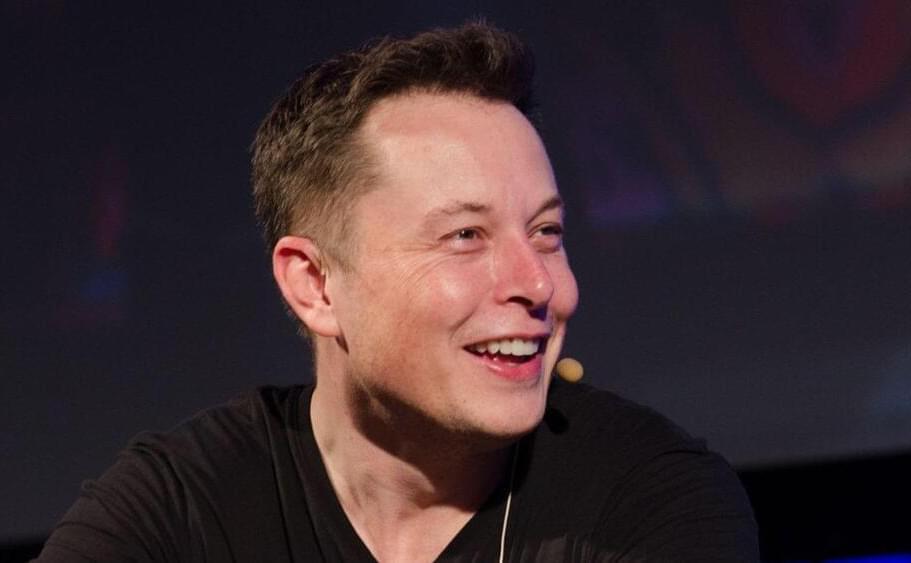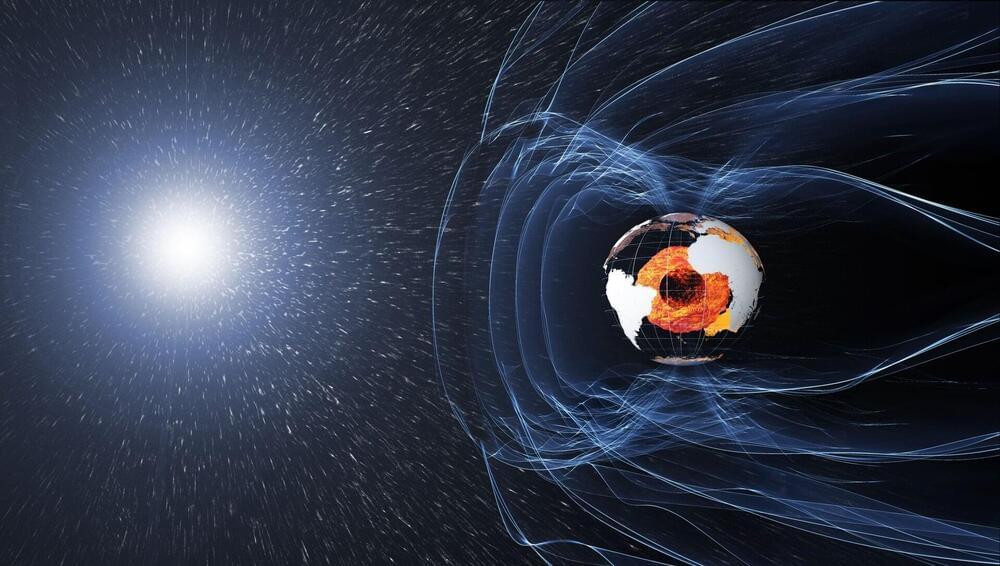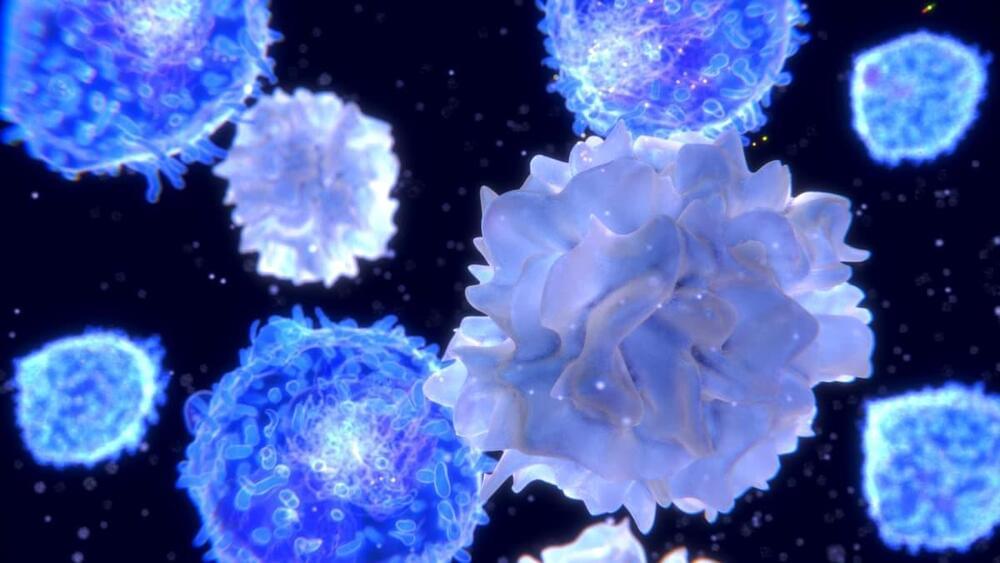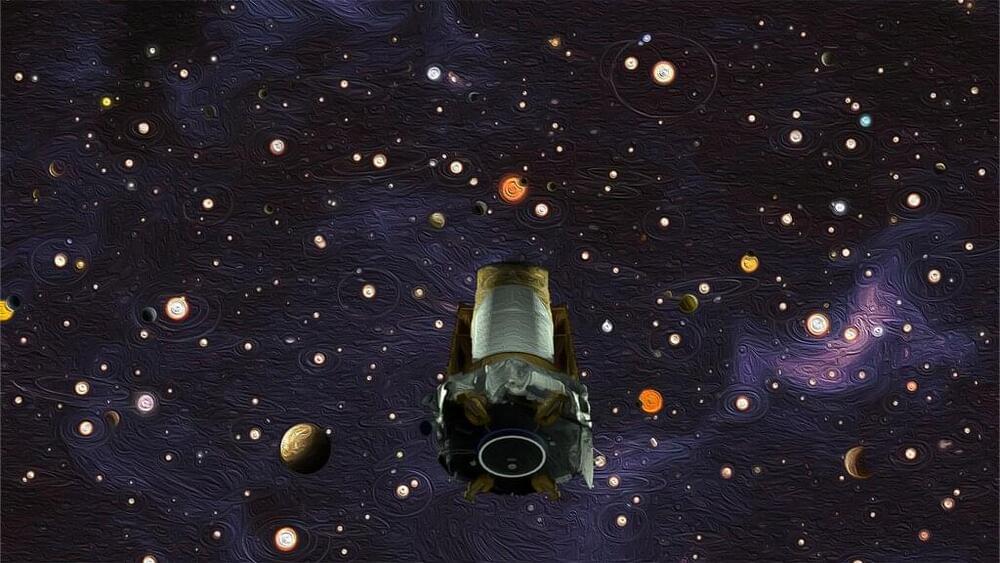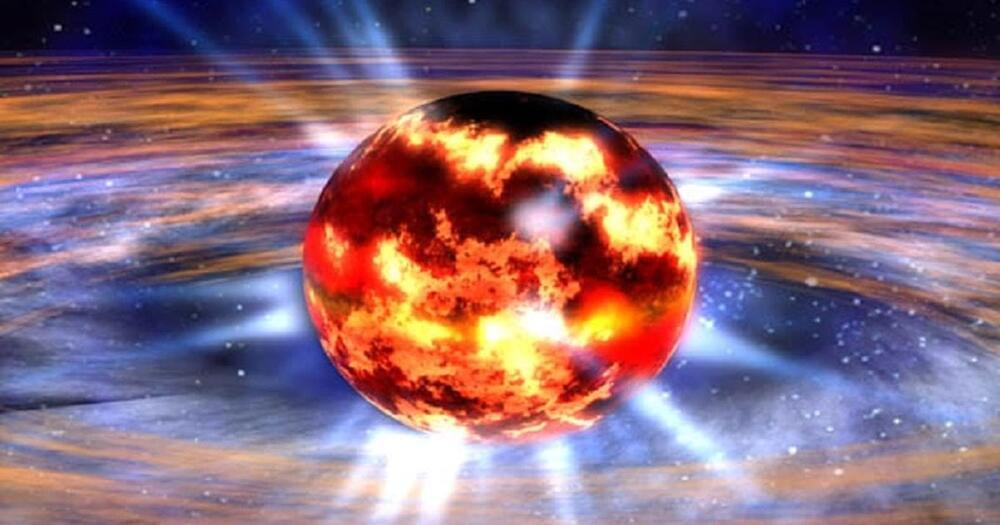Oct 24, 2022
Harvard scientists find proof that Earth’s plate tectonics date back at least 3.25 billion years ago
Posted by Gemechu Taye in category: futurism
They also discovered the earliest proof of the moment when the planet’s magnetic poles switched places.
The Earth’s crust was pushing and tugging like present plate tectonics at least 3.25 billion years ago, according to new research published today (Oct .24) in PNAS, which examined fragments of the most ancient rocks on the planet.
The research also offers the oldest evidence of the moment when the planet’s magnetic north and south poles switched places.

